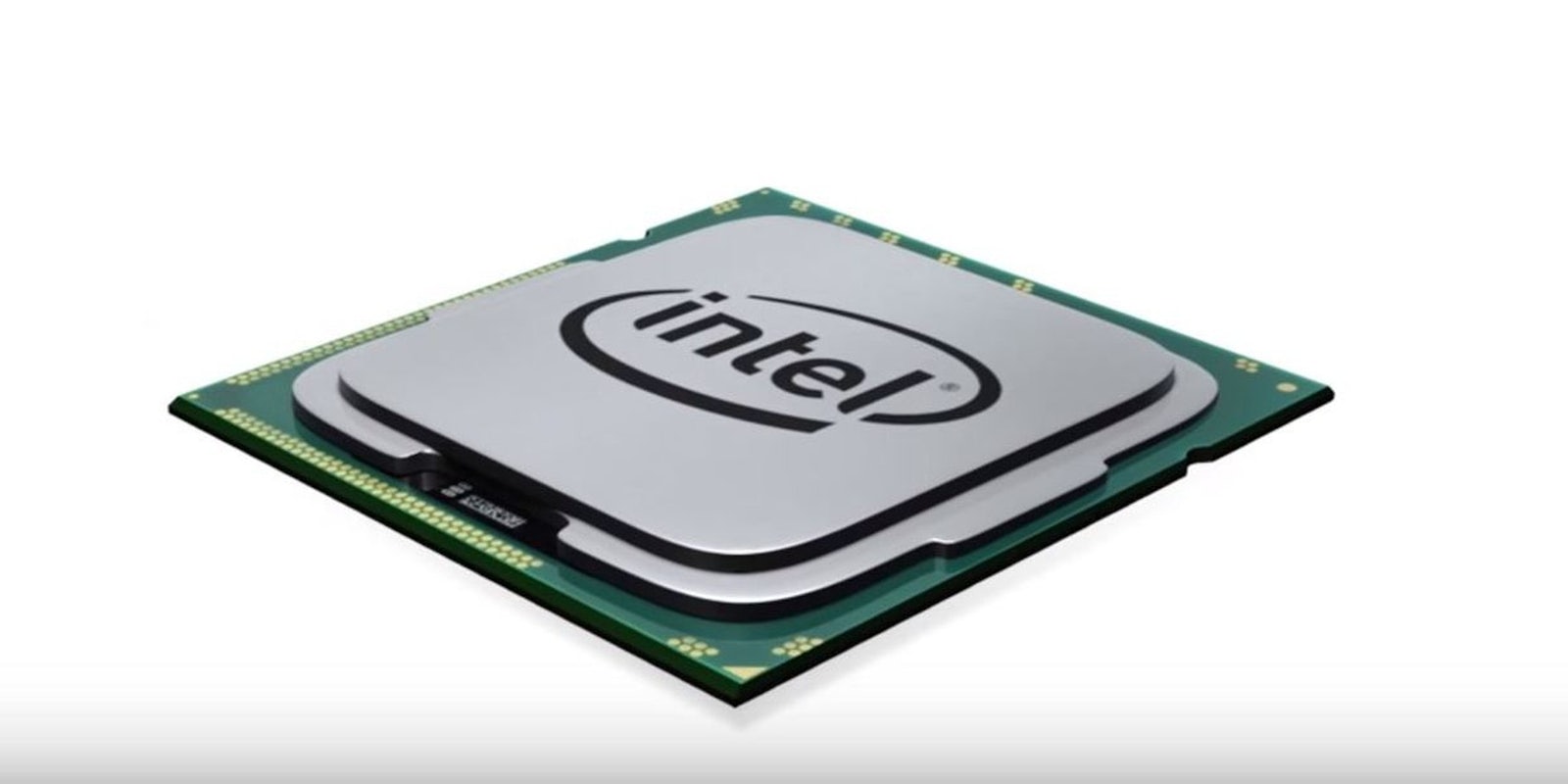In 1965 Gordon Moore, the co-founder of Intel, wrote an article in “Electronics” magazine projecting the number of transistors in an integrated circuit would double every two years. That prediction is called Moore’s Law and has been linked to the advances of a number of technologies over the last few decades including an increase in camera’s megapixels and memory card size.
Moore’s Law has been impressively accurate, until now.
Recently, Intel announced the company would be moving away from its “Tick-Tock” production cycle and shift to a three phase cycle titled “Process-Architecture-Optimization.” This means that their latest 14 nanometer transistors will not be replaced this year as Moore’s law would have predicted.
The tick-tock cycle had been in place since 2007 with every tick representing an advance in the latest technologies and improvements to performance, power and cost, and every tock representing a transition to a new chip based on those previous advances.
The 14nm format will now be optimized again before being used for Intel’s Kaby Lane processors.
“We expect to lengthen the amount of time we will utilize out 14 [nanometer] and out next-generation 10 [nanometer] process technologies, further optimizing out products and process technologies while meeting the yearly market cadence for product introductions,” Intel wrote in their annual 10-K report.
What this means is that advances in hardware are slowing down, while optimizing that hardware is becoming more important. The trend is similar to the screen resolution of cell phones or TVs taking a backseat to the technologies that make them look as good as they do. It also means Moore’s Law will soon be a thing of the past given transistors slower shrinking cycle, preventing circuits from doubling their numbers every other year.
We should still expect to see significant hardware enhancements in the coming years. Intel has already made a 7 nanometer transistor using silicon-germanium which is scheduled to be cleared for commercial use sometime next year, but wont be available until at least 2018. Cannonlake, the 10nm successor to Kaby Lane, is on track for a 2017 release.
H/T Engadget | Photo via Intel/Youtube



